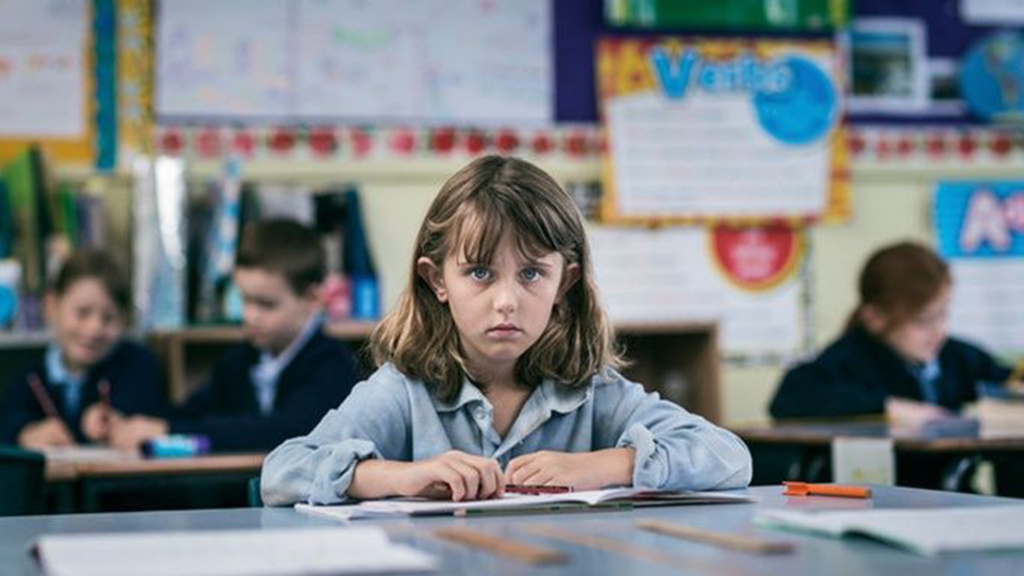
One of my roles at PwC (PricewaterhouseCoopers) is as the lead Partner for the world’s largest education programme for marginalised girls. We deliver it for the UK’s Department for International Development (DFID), and it’s called the Girls’ Education Challenge (GEC). The overall aim of the GEC is to educate over 1 million marginalised girls in 18 African and Asian countries. We’ve been doing this work with DFID since 2012. It’s a huge agenda, a massive challenge, and I’m very proud of what the programme has achieved (see girlseducationchallenge.org for an overview).
Prior to leading GEC, I hadn’t really done any ‘international development’ work. I had a strong personal interest, but no professional involvement. My ‘thing’ was education. I did a PhD in the economics of education, and as a young academic, I did lots of research on the school-to-work transition in the UK. With PwC I led the first ever longitudinal evaluation of academies. These were conceived by the great public sector strategist Lord Andrew Adonis, whom I’ve had the privilege of meeting once or twice. When the PwC academies evaluation report was published over 10 years ago, he told me he didn’t agree with it all, but he thought it was a solid piece of research—that was good enough for me!
Irrespective of where I’ve worked in education, the data have always shown that context, environment and disadvantage are strongly correlated with education outcomes. The empirical evidence is pretty emphatic. In the UK, for example, the traditional articulation of this is in terms of the strong correlation between the per cent of a school’s pupils on Free School Meals (the standard proxy for social deprivation) and education outcomes. The correlation is pretty clear visually and pretty strong statistically. But if you spend any time at all looking at the data, there are clear exceptions to the rule. Some schools are clearly dealing with lots of disadvantage and yet somehow manage to cut through this and drive good education outcomes. And the flip side is also true. Some schools with pupils from more advantageous backgrounds aren’t achieving well in the way we’d expect them to.
Of course, it’s harder to drive good outcomes when there’s poverty, unemployment and low aspiration. But the data clearly show that it’s always possible to find great examples of schools in the UK that break this rule and buck this trend.
One great UK example is in a school where we had a GEC team away day recently, Alperton Community School, which is close to the iconic Wembley football stadium.
| Alperton Community School Alperton Community School is based in Brent in London, close to the famous Wembley Stadium. Brent’s demographic profile is very diverse—in 2011 71 per cent of the population was not White British and 48 per cent were born outside the UK. According to the Indices of Multiple Deprivation (2015), Brent is ranked 39th out of 326. In other words, it is in the top 15 per cent of deprived areas in the UK. Against that background, Alperton Community School made a focused and sustained effort to turn around the performance of their school and the attainment levels of their pupils. Under the leadership of Mr Gerard McKenna, the school received an Ofsted report in 2016 which found them to be ‘Good with outstanding leadership and management’. This is contrasted with a finding in May 2014 of ‘Requires improvement’. This transformation is also illustrated in attainment levels with the percentage of students achieving five good GCSEs (Grade 4+/A*-C) including English and maths has increased by 22 per cent over the last four years and now stands at 64 per cent. How did they achieve this? Mr McKenna, in discussions with some of my colleagues recently, put this down to a range of factors, including resources, but also noted, above all else, he and his team were ambitious for their students, not despite their levels of deprivation, but because of it. That same ambition, says its Art and Textiles teacher, Andria Zafirakou, is what allowed her to win the $1m Global Teacher Prize in 2018. Further information on the school is available on their website. |